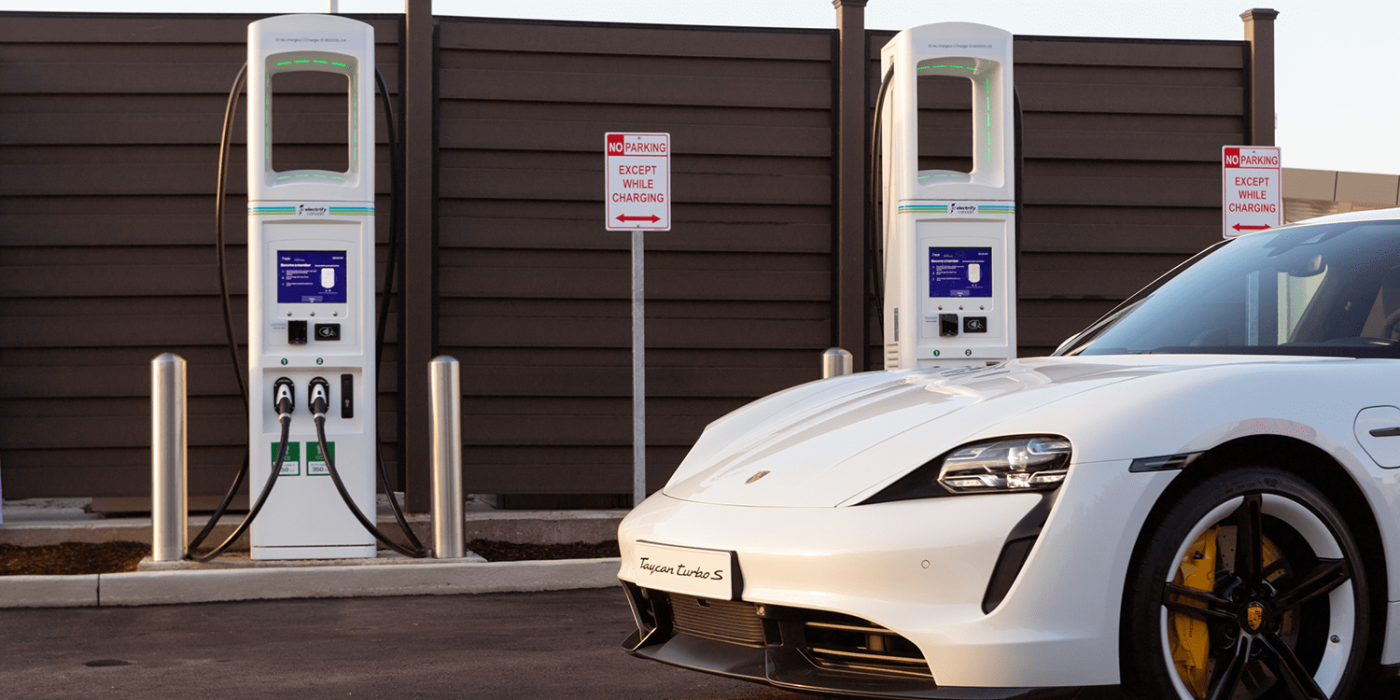Canada sets interim emissions reduction targets
The Canadian government has presented its ‘2030 Emissions Reduction Plan’ and included several e-mobility investments. The goal announced last year of bringing forward the phase-out of internal combustion engines by five years to 2035 is confirmed and supplemented by interim targets.
By 2026, at least 20 per cent of new car sales in this sector are to be electric and by 2030 at least 60 per cent. As decided in June 2021, only zero-emission passenger cars and light commercial vehicles are then to be sold in Canada from 2035. Previously, this target was set for 2040.
For medium- and heavy-duty commercial vehicles, an electric share of 35 per cent is to be achieved by 2030, and an electric share of 100 per cent in certain vehicle categories by 2040.
To make the transition to electric vehicles a success, the government is investing 1.7 billion Canadian dollars (1.22 billion euros) in purchase subsidies for electric passenger cars and light commercial vehicles. Additional funding of 400 million dollars (286 million euros) has been slated for expanding the network by 50,000 charging stations. In addition, the Canada Infrastructure Bank will invest $500 million (€358 million) in charging and refuelling infrastructure for zero-emission vehicles.
In the emissions reduction plan, Canada aims to achieve net-zero emissions across the economy by 2050. “Canada’s average temperatures are rising at twice the global average, and three times in the North. Polluting less and taking steps to remove excess carbon from the air will be one of the most important undertakings in Canada’s history.”
In addition to electric mobility targets, the plan also includes projects to increase the energy efficiency of buildings (also to reduce energy costs) and to “empower” municipalities to take climate action themselves – thanks to financial support. In addition, investments are to be made in energy systems.





0 Comments